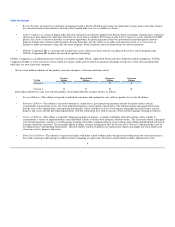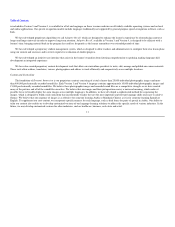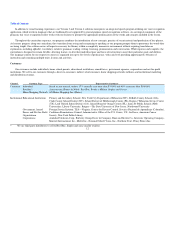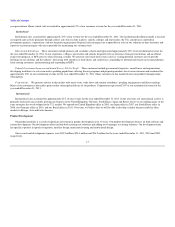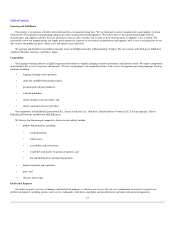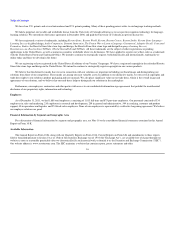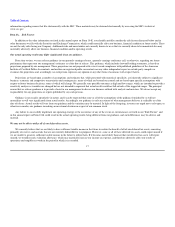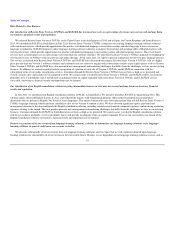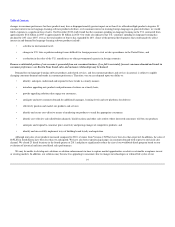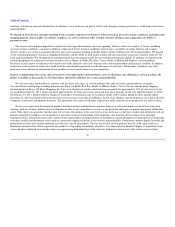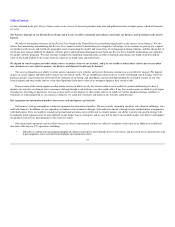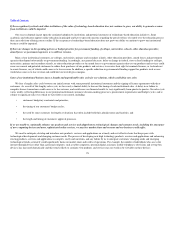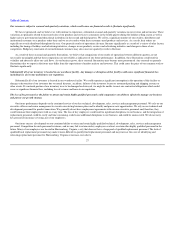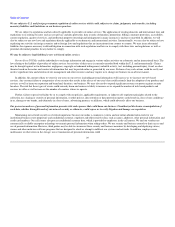Rosetta Stone 2011 Annual Report Download - page 21
Download and view the complete annual report
Please find page 21 of the 2011 Rosetta Stone annual report below. You can navigate through the pages in the report by either clicking on the pages listed below, or by using the keyword search tool below to find specific information within the annual report.
Table of Contents
changes in consumer preferences for these products may have a disproportionately greater impact on us than if we offered multiple product categories. If
consumer interest in our language-learning software products declines, or if consumer interest in learning foreign languages in general declines, we would
likely experience a significant loss of sales. Our December 2010 study found that the consumer spending on language learning in the U.S. contracted from
approximately $5.2 billion in 2007 to approximately $4 billion in 2010. Our study also indicates that U.S. consumer spending on language learning has
declined by 24% since 2007, even as the total number of buyers has expanded by 28%. Some of the potential developments that could negatively affect
interest in and demand for language-learning software products include:
a decline in international travel;
changes in U.S. laws or policies making it more difficult for foreign persons to visit or take up residence in the United States; and
a reduction in the roles of the U.S. armed forces or other governmental agencies in foreign countries.
Because a substantial portion of our revenue is generated from our consumer business, if we fail to accurately forecast consumer demand and trends in
consumer preferences, our Rosetta Stone brand, sales and customer relationships may be harmed.
Demand for our language-learning software products and related services, and for consumer products and services in general, is subject to rapidly
changing consumer demand and trends in consumer preferences. Therefore, our success depends upon our ability to:
identify, anticipate, understand and respond to these trends in a timely manner;
introduce appealing new products and performance features on a timely basis;
provide appealing solutions that engage our customers;
anticipate and meet consumer demand for additional languages, learning levels and new platforms for delivery;
effectively position and market our products and services;
identify and secure cost-effective means of marketing our products to reach the appropriate consumers;
identify cost-effective sales distribution channels, kiosk locations and other sales outlets where interested consumers will buy our products;
anticipate and respond to consumer price sensitivity and pricing changes of competitive products; and
identify and successfully implement ways of building brand loyalty and reputation.
Although unit sales of our products increased compared to 2010, revenues from Version 4 TOTALe have been less than expected. In addition, the sales of
ReFLEX in South Korea have been less than we anticipated. We have also been experiencing changes in consumer demand with respect to our kiosk sales
channel. We closed 23 kiosk locations in the fourth quarter of 2011 and plan to significantly reduce the size of our worldwide kiosk program based on our
evaluation of historical and forecasted kiosk sales performance.
We may be unable to develop new solutions or solution enhancements in time to capture market opportunities or achieve sustainable acceptance in new
or existing markets. In addition, our solutions may become less appealing to consumers due to changes in technologies or reduced life cycles of our
19
•
•
•
•
•
•
•
•
•
•
•
•


